Lexus teams up with RCA students to create bold visions of future mobility
A hydrogen-powered VTOL personal flying machine is among forward-thinking concepts as Lexus and London’s Royal College of Art explore the future of luxury mobility
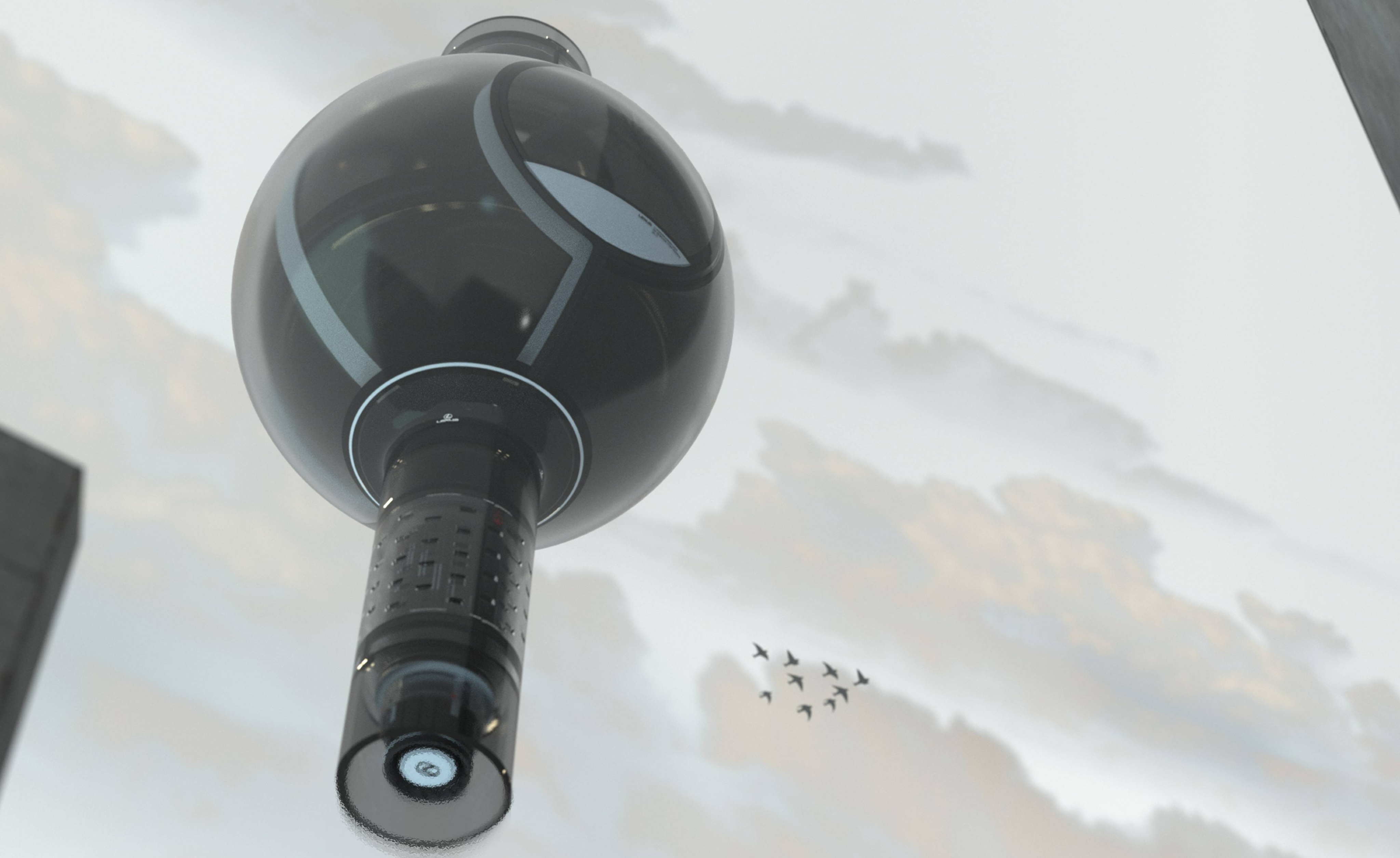
Design schools form an essential part of the car makers’ research pipeline, offering up an inexhaustible source of innovative thinking from bright young minds.
It’s not uncommon for companies to set design briefs that align with their future manufacturing interests and then sponsor the brightest and the best with the lure of a first job after graduation.
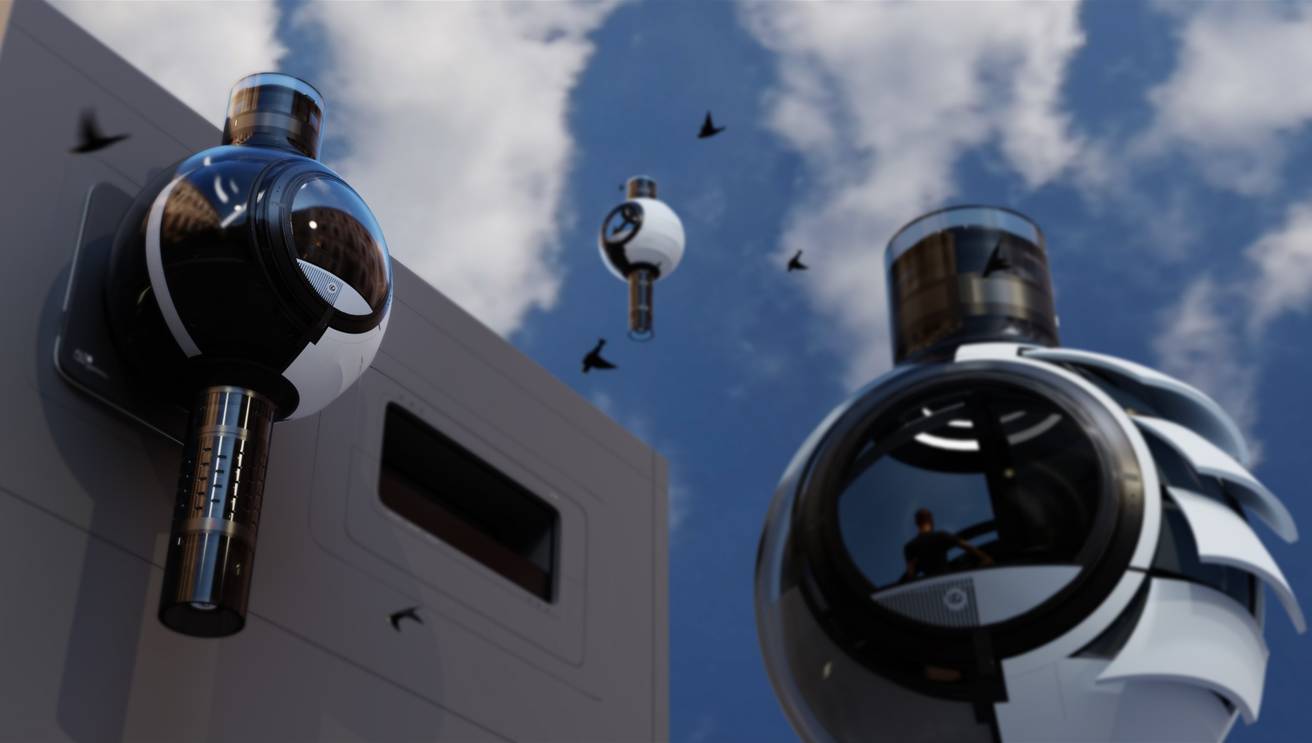
Lexus ALTO
Lexus’s new design programme, ‘Lexus 2040: the Soul of Future Premium’, is a collaboration between the Japanese luxury brand and London’s Royal College of Art (RCA).
The programme tasked postgraduate students at the RCA’s Intelligent Mobility Design Centre with exploring ways of making a premium statement about mobility in an uncertain and very different world, 18 years into the future.
‘Lexus 2040: the Soul of Future Premium’: winners and finalists

Six students were shortlisted from the programme, all of whom refined their designs and presented them to a judging panel including Lexus design leaders Ian Cartabiano and Lance Scott, along with course leader Professor Dale Harrow and Dr Chris Thorpe of the RCA, and writer Nargess Banks.
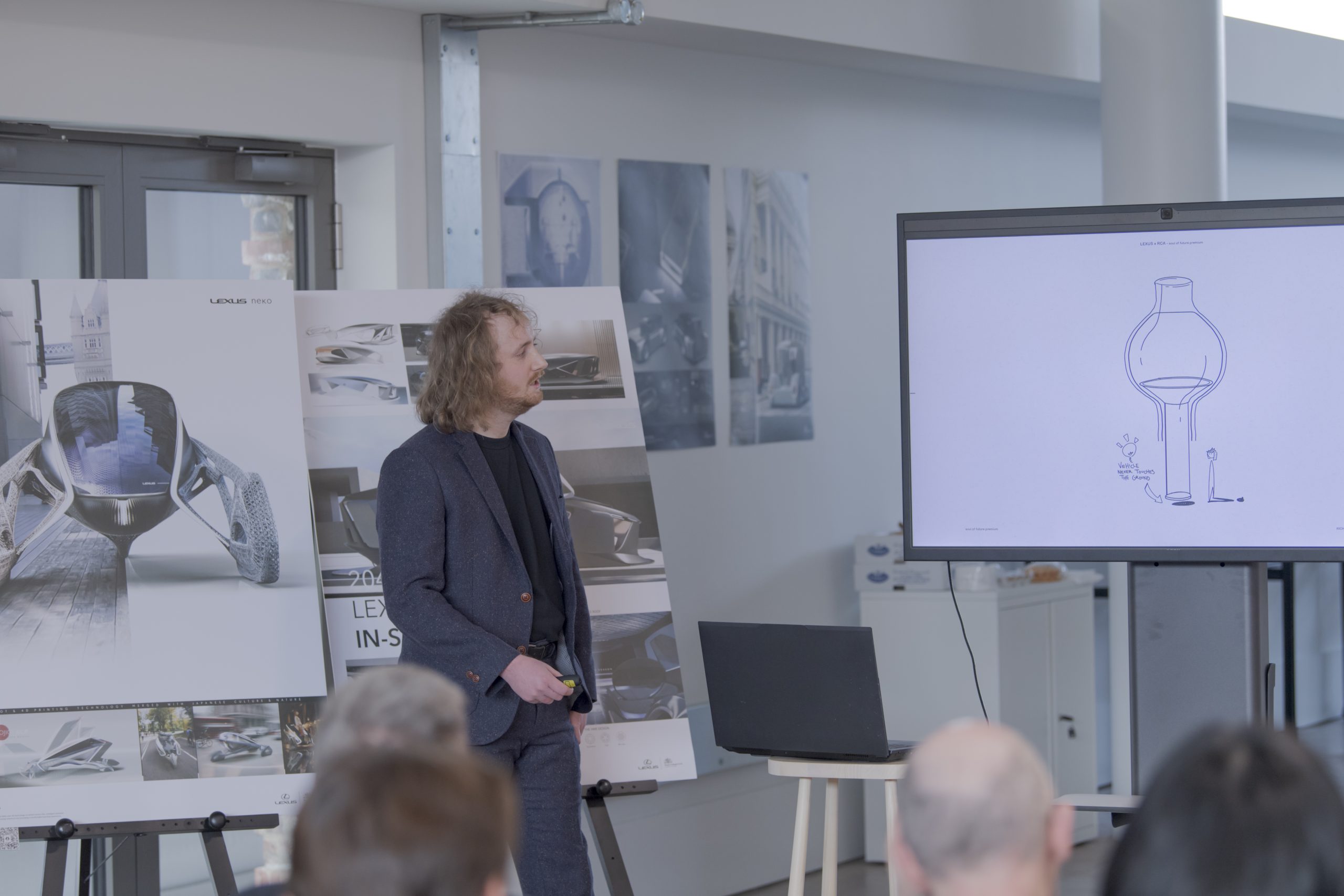
Richard Newman presenting his Lexus ALTO concept
The winner was Richard Newman with his ‘ALTO’ concept, a personal flying machine that the judges reckoned was more 2050 than 2040, but which nevertheless encapsulated the company’s forward-looking spirit.
There were commendations for two runners-up, Ben Miller’s ‘Crucible’ and Zhenyu Kong’s ‘Lexus #Units’.
Receive our daily digest of inspiration, escapism and design stories from around the world direct to your inbox.
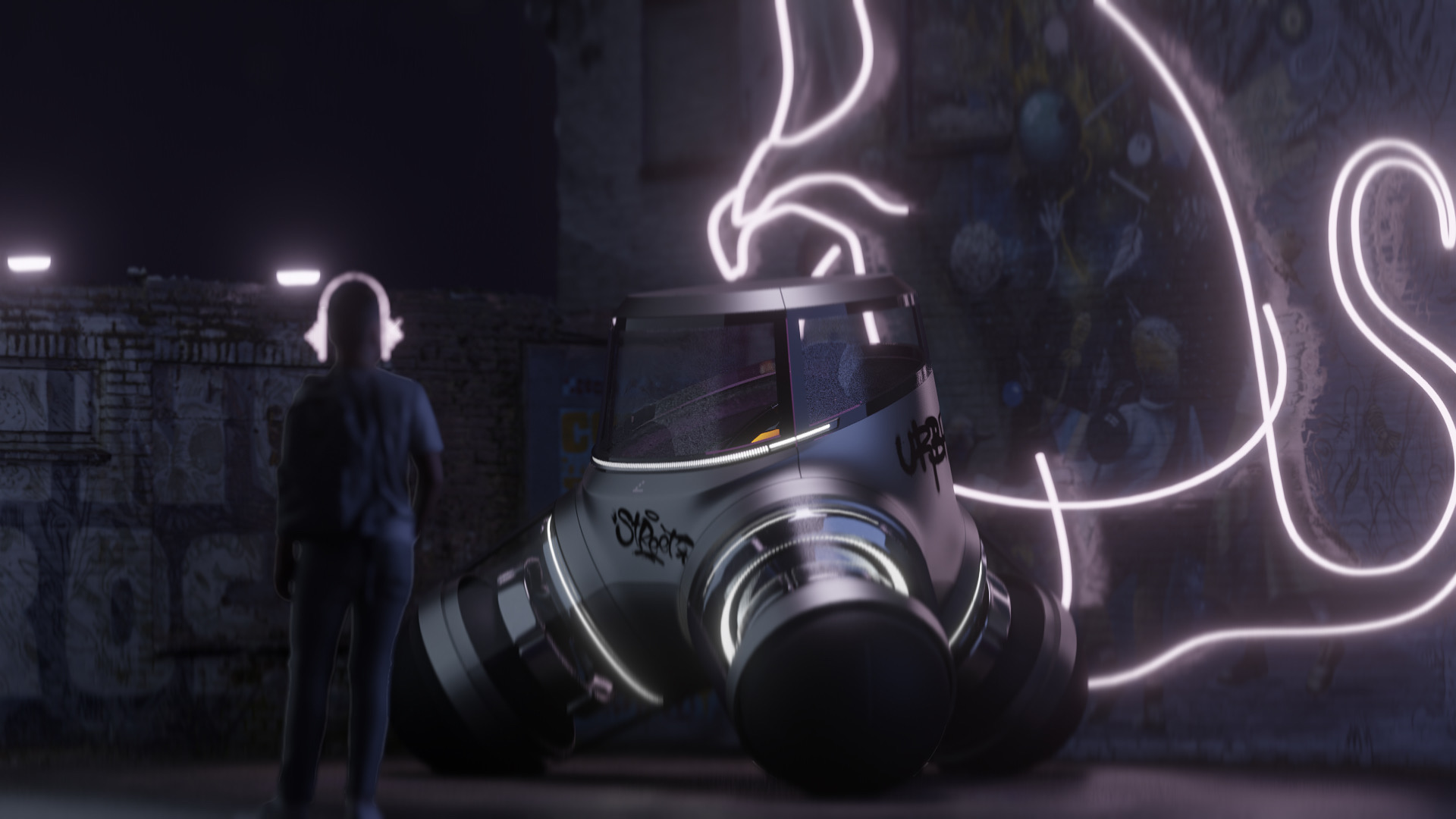
Lexus #Units
Newman describes ALTO as a hydrogen-powered VTOL (vertical take-off and landing) craft, shaped like a pendant (and partly inspired by hot air balloons and plant terrariums). Envisioning a future rich with technology, the young designer predicts that premium will be redefined as a ‘celebration of the everyday’. The ALTO is designed to dock with buildings, and swivel from vertical to horizontal for long flights.
Louis Poulsen’s ‘Artichoke’ lamp was another visual inspiration, particularly for the ALTO’s flexible, customisable surfaces. According to Newman, ALTO is ‘jewellery in the sky – like a cloud’s earring. I wanted to create something that is quite challenging, that would raise a few eyebrows, but which would also make people smile’.

Lexus #Units
Zhenyu Kong’s Lexus #Units project was inspired by the abstract forms of concrete coastal barriers. An adaptable one-person machine with a flexible footprint, the shape can be stacked together with other #Units to create a larger vehicle. Three multi-directional ball wheels give it exceptional flexibility, and the interior can – inevitably – be customised with NFTs.
Think of Kong’s idea as a mobile social media post, intended to lure a young premium audience.
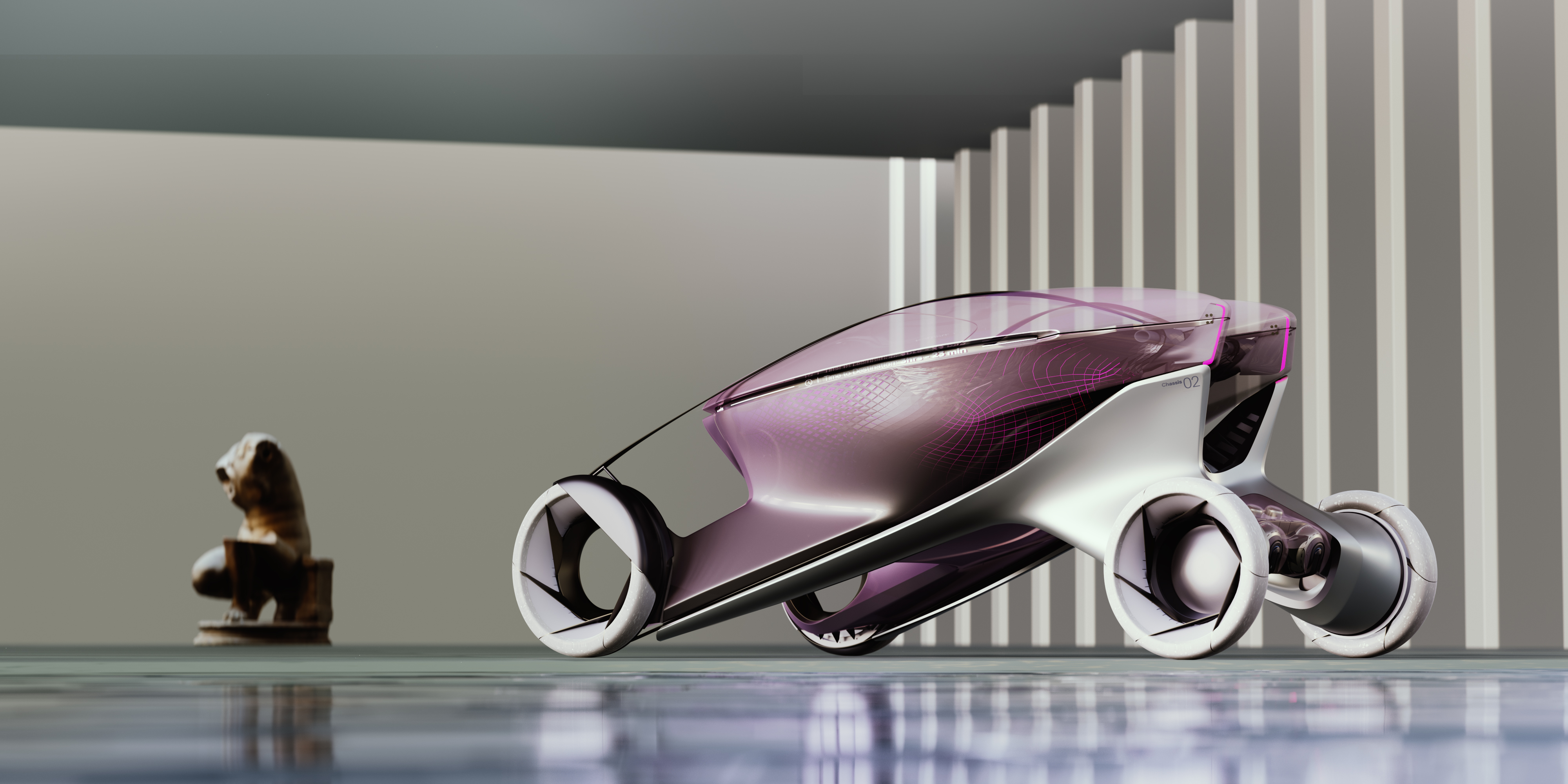
Lexus Crucible Concept
Ben Miller’s Crucible is slightly more conventional, albeit only in that it has four wheels. Miller believes that future luxury mobility design is about ownership of spaces, but not necessarily the mechanisms required to make them move.
The Crucible is therefore a luxury cabin atop a hydrogen-fuelled platform, an ‘escape vehicle’ that can be treated as a piece of high-end furniture when it’s not docked with its spindly, high-performance base.
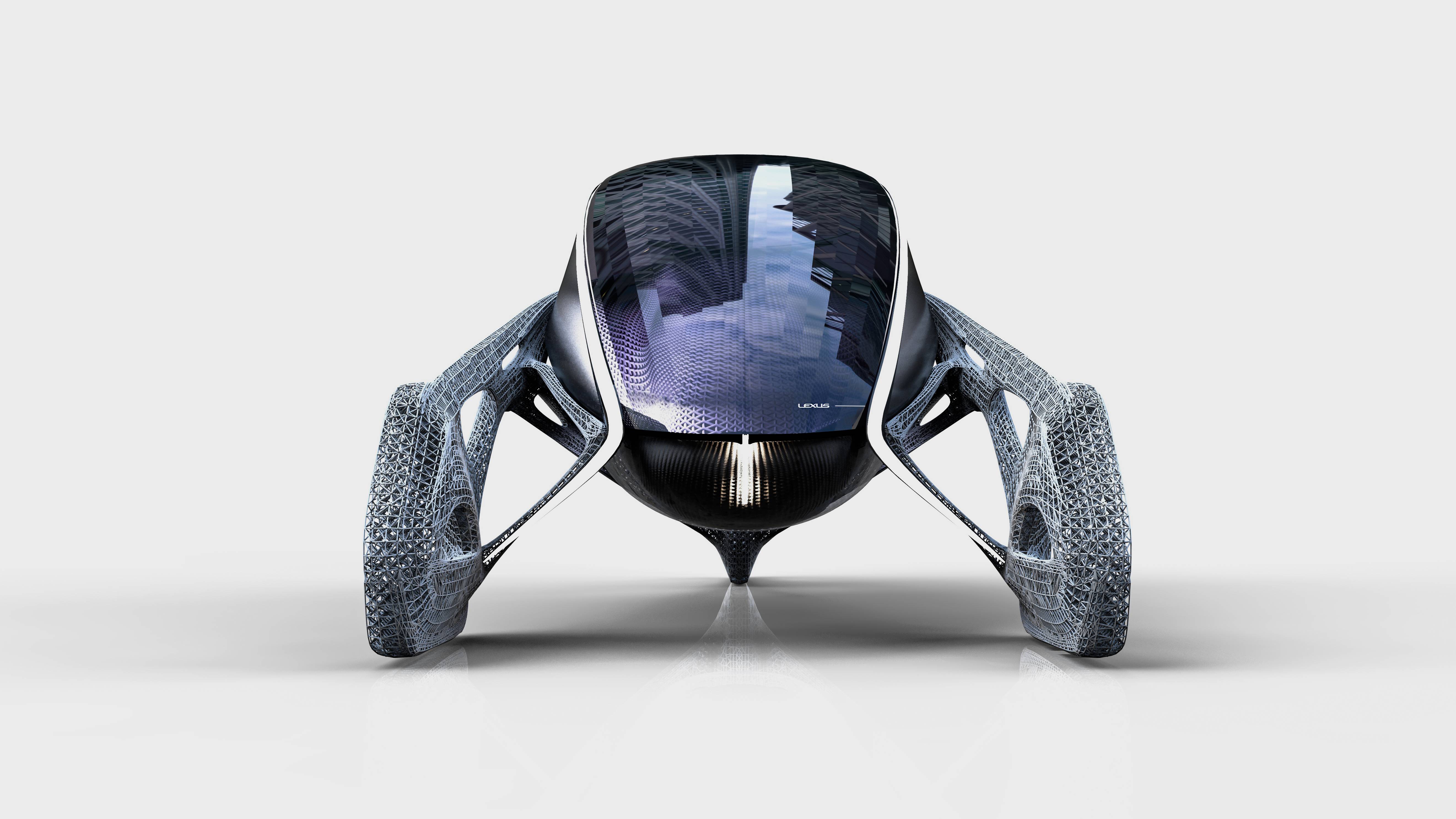
Lexus NEKO
All six finalists explored how key Lexus design features might evolve over the decades to come, from the quality of the surfaces to the shapes of the company’s logo. The judges were especially impressed by the quality and sophistication of the presentations and visuals.
Of the three other students, Jan Niehus’s NEKO proposal went full sci-fi with its insectoid exoskeleton formed from as-yet non-existent microbots. This autonomous EV is part car, part robot.
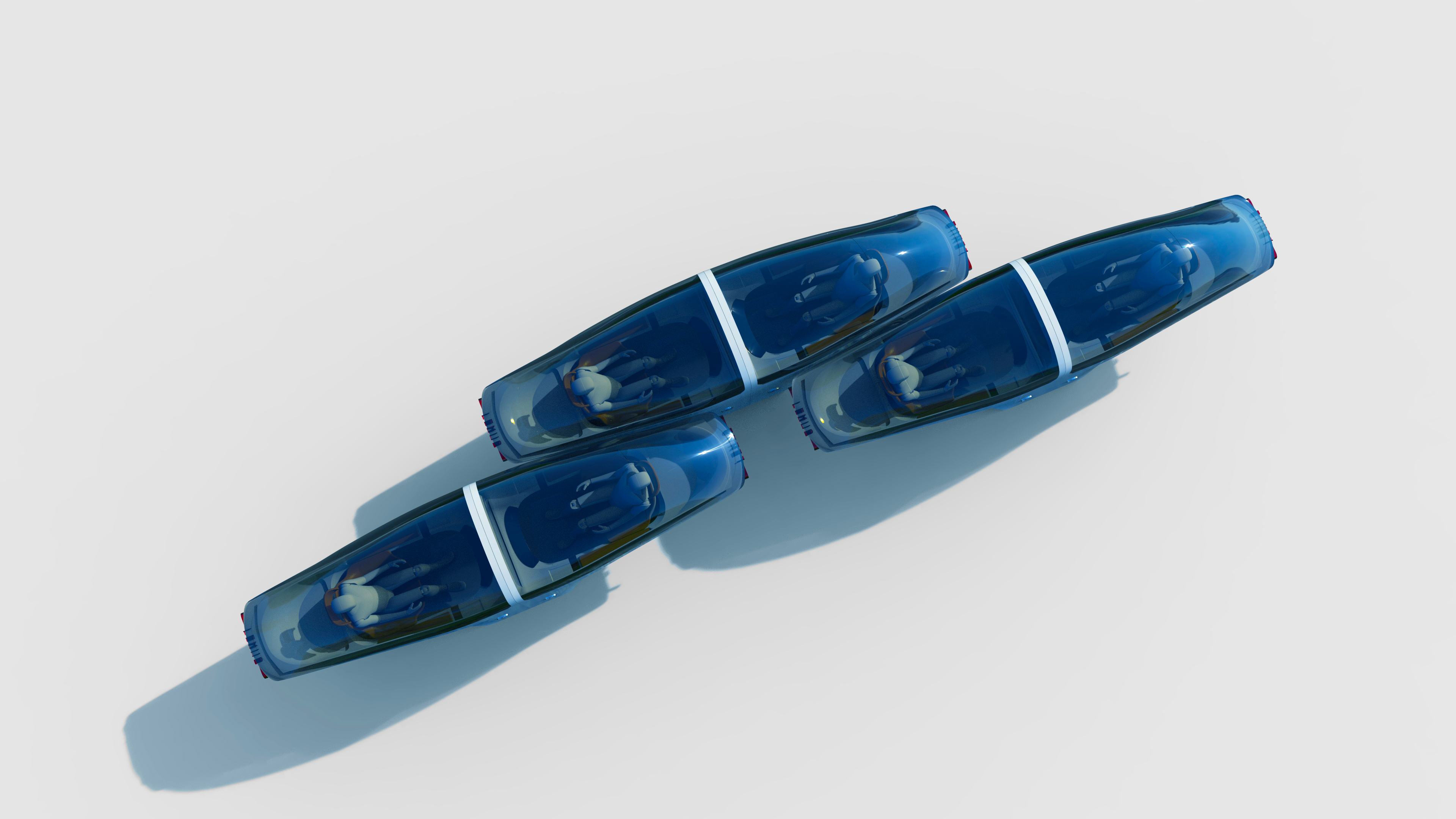
Lexus UrbanSwarm
Maxime Gauthier’s Lexus UrbanSwarm was another exploration of the personal pod, this time using a tessellating design that can easily link up with other devices to form much larger mass transit vehicles.
Gauthier wanted to explore inclusive transportation, so the UrbanSwarm was developed with wheelchair users in mind from the outset.
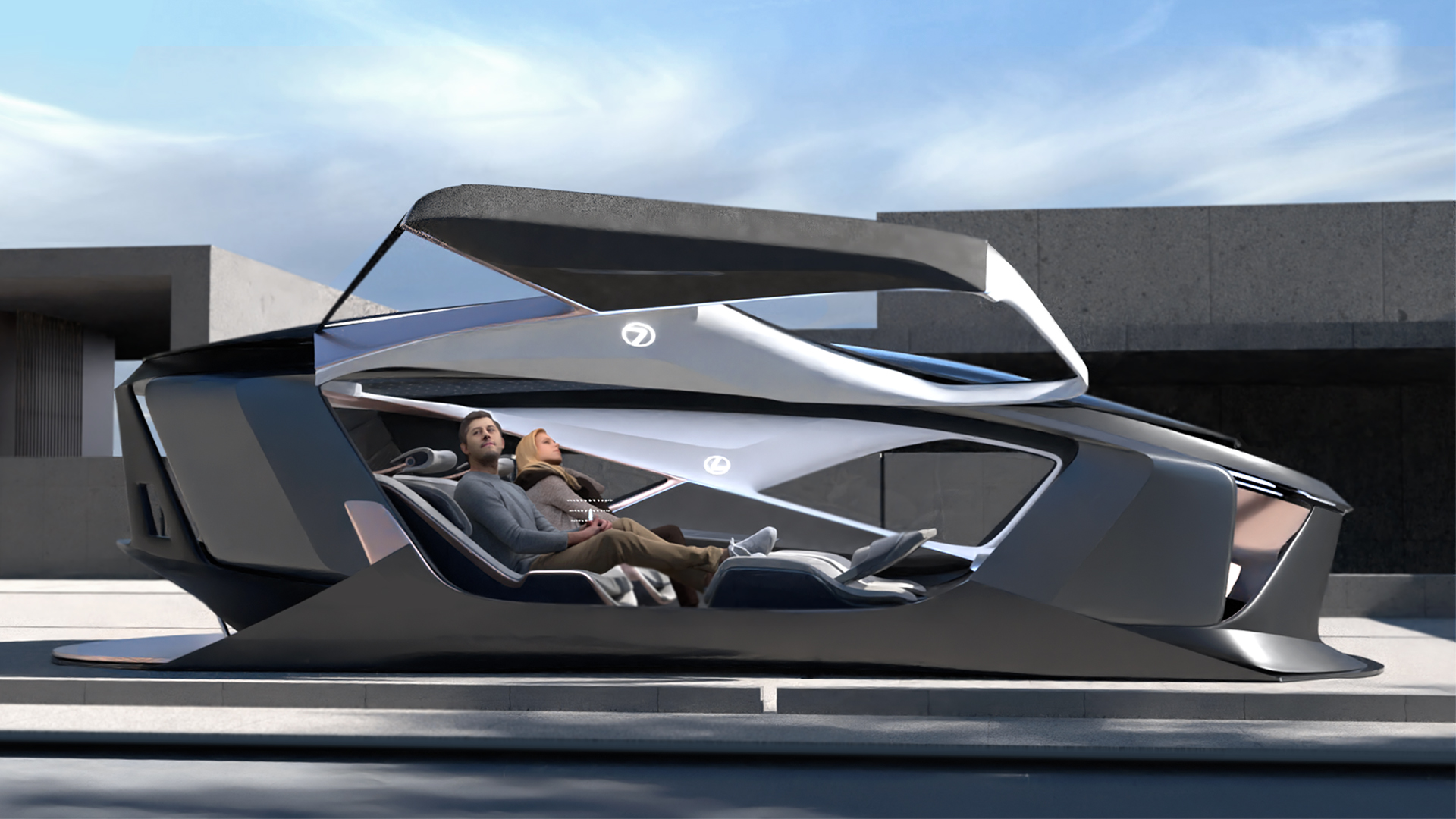
2040 Lexus Vision In-season
Finally, there was 2040 Lexus Vision In-season by Bangning An, intended as a physical expression of the Japanese idiom, ichi-go, ichi-e, the art of savouring a once-in-a-lifetime moment.
Designed to encapsulate the changing seasons – often lost to urban dwellers – the In-season changes colour and interior atmosphere over the course of the year, bringing a rare sense of connection to each journey.
INFORMATION
RCA Intelligent Mobility MA, rca.ac.uk
Lexus, lexus.co.uk
Jonathan Bell has written for Wallpaper* magazine since 1999, covering everything from architecture and transport design to books, tech and graphic design. He is now the magazine’s Transport and Technology Editor. Jonathan has written and edited 15 books, including Concept Car Design, 21st Century House, and The New Modern House. He is also the host of Wallpaper’s first podcast.
-
 How Abidjan's Young Designers Workshop is helping shape a new generation of Côte d'Ivoire creatives
How Abidjan's Young Designers Workshop is helping shape a new generation of Côte d'Ivoire creativesIn the first in our Design Cities series, we look at how Abidjan's next generation of creatives is being nurtured by an enlightened local designer
-
 A tale of two Audis: the A5 saloon goes up against the A6 Avant e-tron
A tale of two Audis: the A5 saloon goes up against the A6 Avant e-tronIs the sun setting on Audi’s ICE era, or does the company’s e-tron technology still need to improve?
-
 Inside Christian de Portzamparc’s showstopping House of Dior Beijing: ‘sculptural, structural, alive’
Inside Christian de Portzamparc’s showstopping House of Dior Beijing: ‘sculptural, structural, alive’Daven Wu travels to Beijing to discover Dior’s dramatic new store, a vast temple to fashion that translates haute couture into architectural form
-
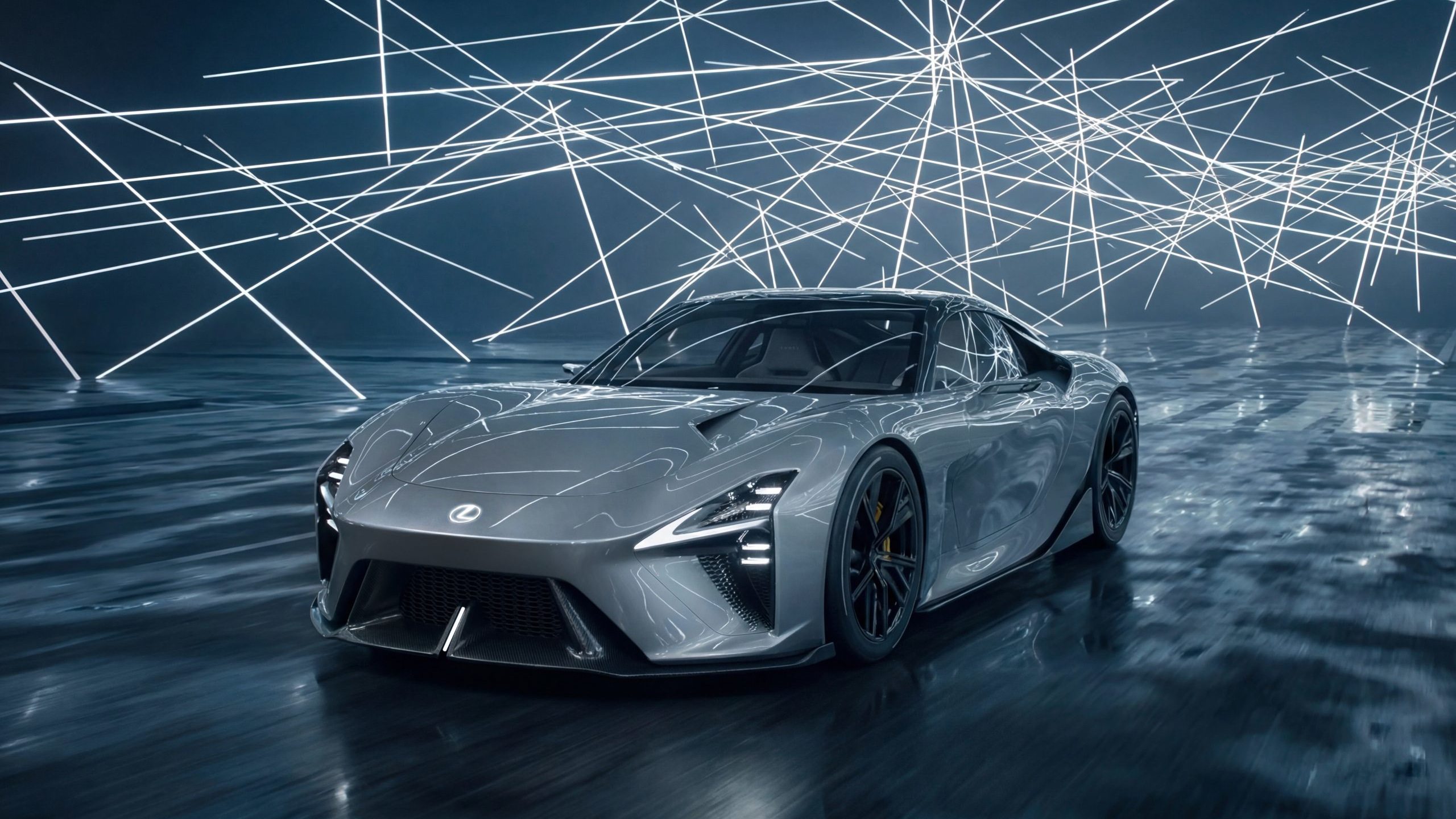 Lexus finally confirms the name of its all-electric LFA Concept supercar
Lexus finally confirms the name of its all-electric LFA Concept supercarStill designated a design study, the Lexus LFA Concept should be the successor to the most unlikely of all 20th-century supercars
-
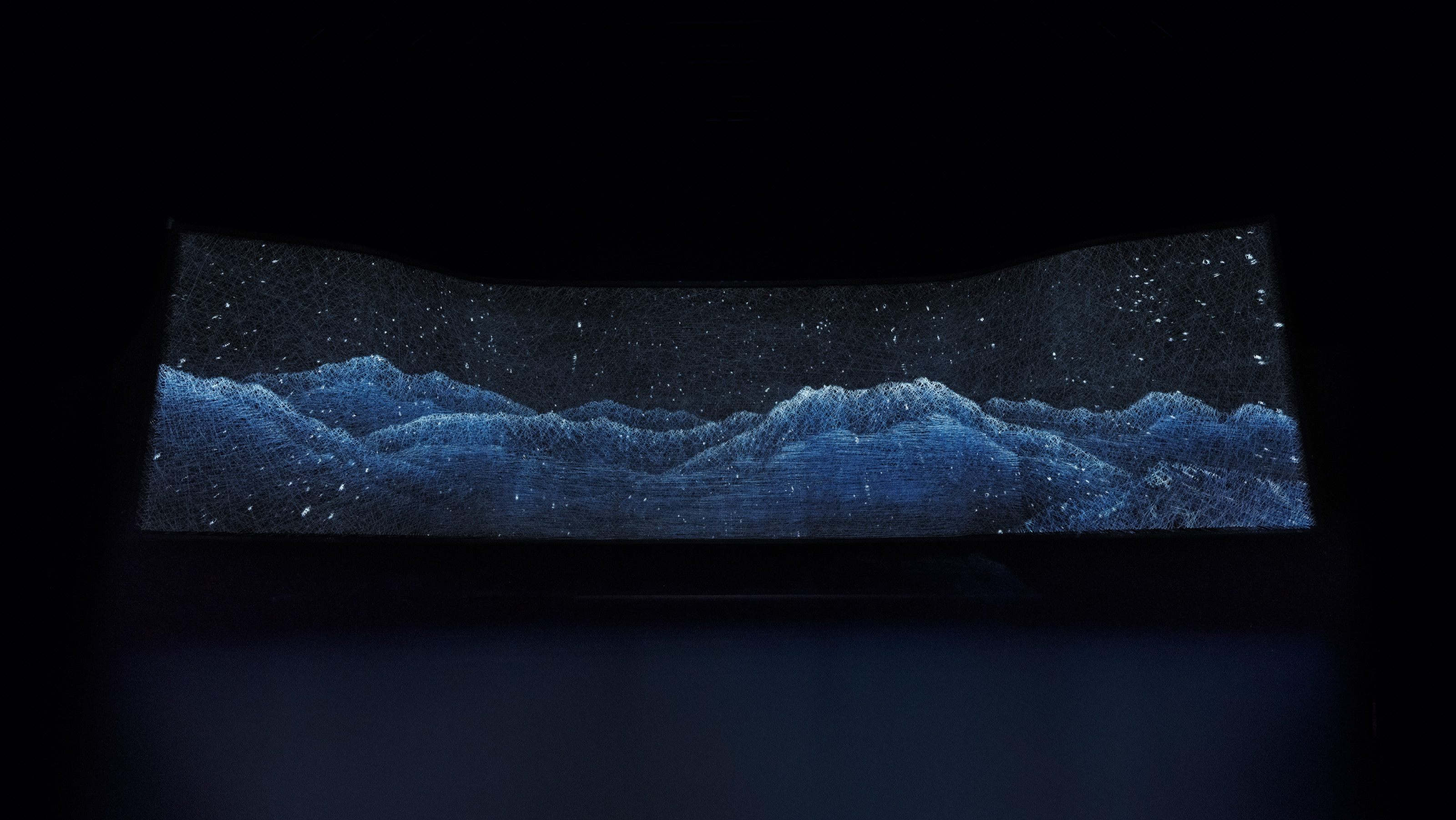 Lexus makes its mark on Milan Design Week 2025 with four new interactive installations
Lexus makes its mark on Milan Design Week 2025 with four new interactive installationsLexus’ annual installation at Milan Design Week focuses on human-centred technology and the role of data and design in shaping the luxury car of the future
-
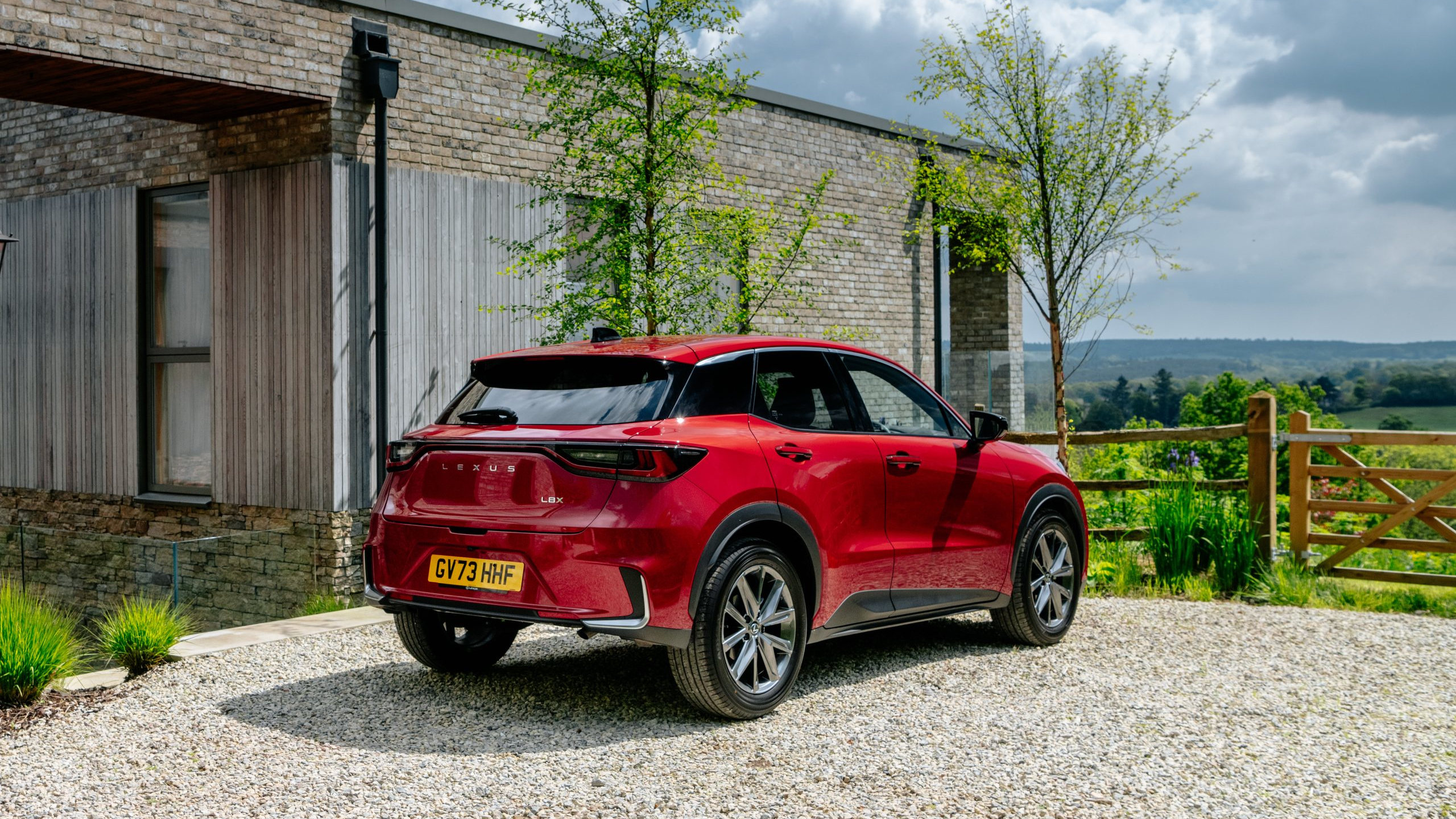 The Lexus LBX crams automotive luxury into a pocket-sized contemporary package
The Lexus LBX crams automotive luxury into a pocket-sized contemporary packageWe explore the world of Lexus’s diminutive LBX, and ponder on the validity of luxury design in a super small car
-
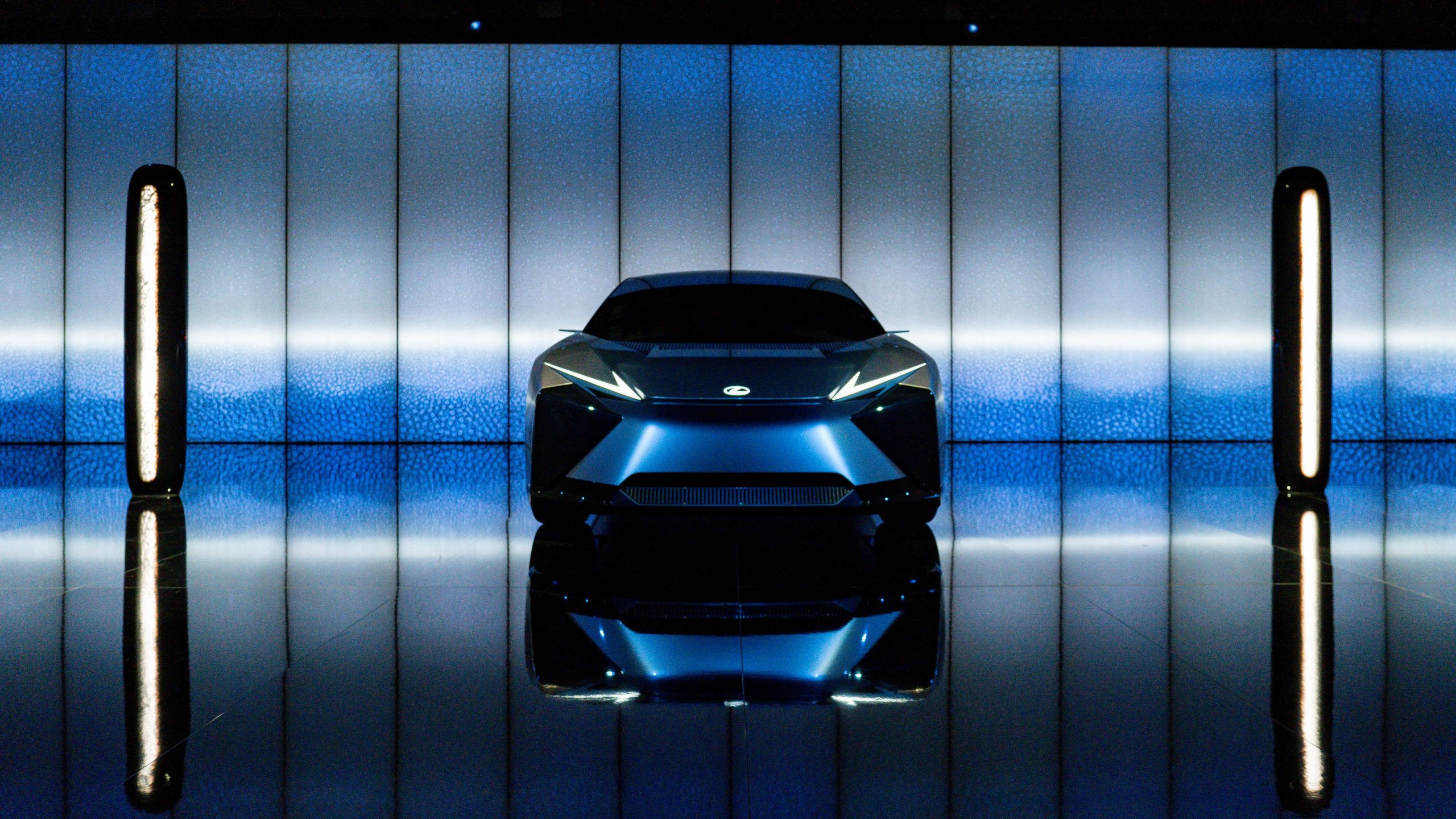 Lexus installation explores time at Milan Design Week 2024
Lexus installation explores time at Milan Design Week 2024Lexus brought designer Hideki Yoshimoto’s ‘Beyond the Horizon’ to Milan’s Art Point, part of its ongoing series of collaborations with Fuorisalone
-
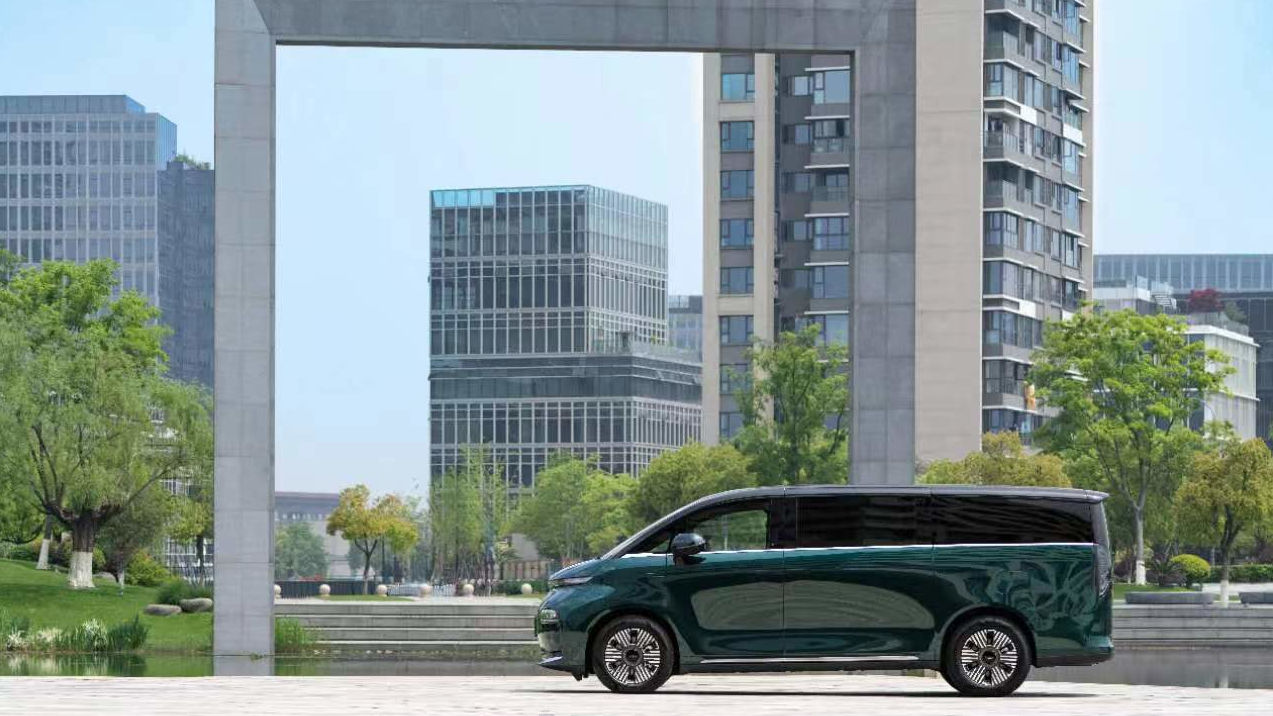 LEVC’s L380 is a truly magnificent minivan
LEVC’s L380 is a truly magnificent minivanThe London Electric Vehicle Company’s L380, is a magnificent minivan designed for upscale long-distance travel, as the maker of the London Taxi branches out into all-purpose EVs
-
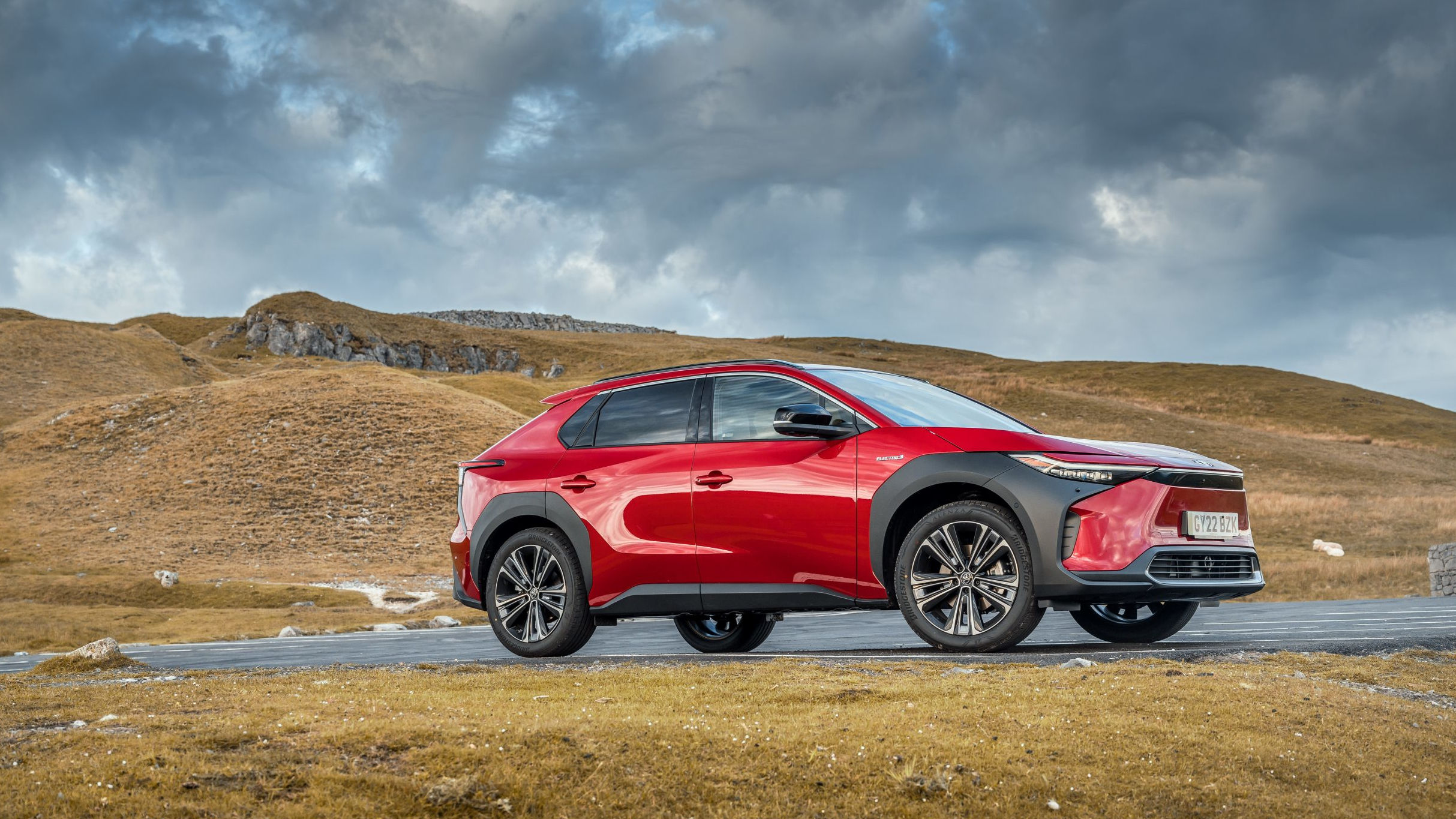 Toyota bz4X SUV is the marque’s first pure electric vehicle
Toyota bz4X SUV is the marque’s first pure electric vehicleThe Toyota bz4X is our first chance to explore how the long-standing masters of mass automobile production make an EV
-
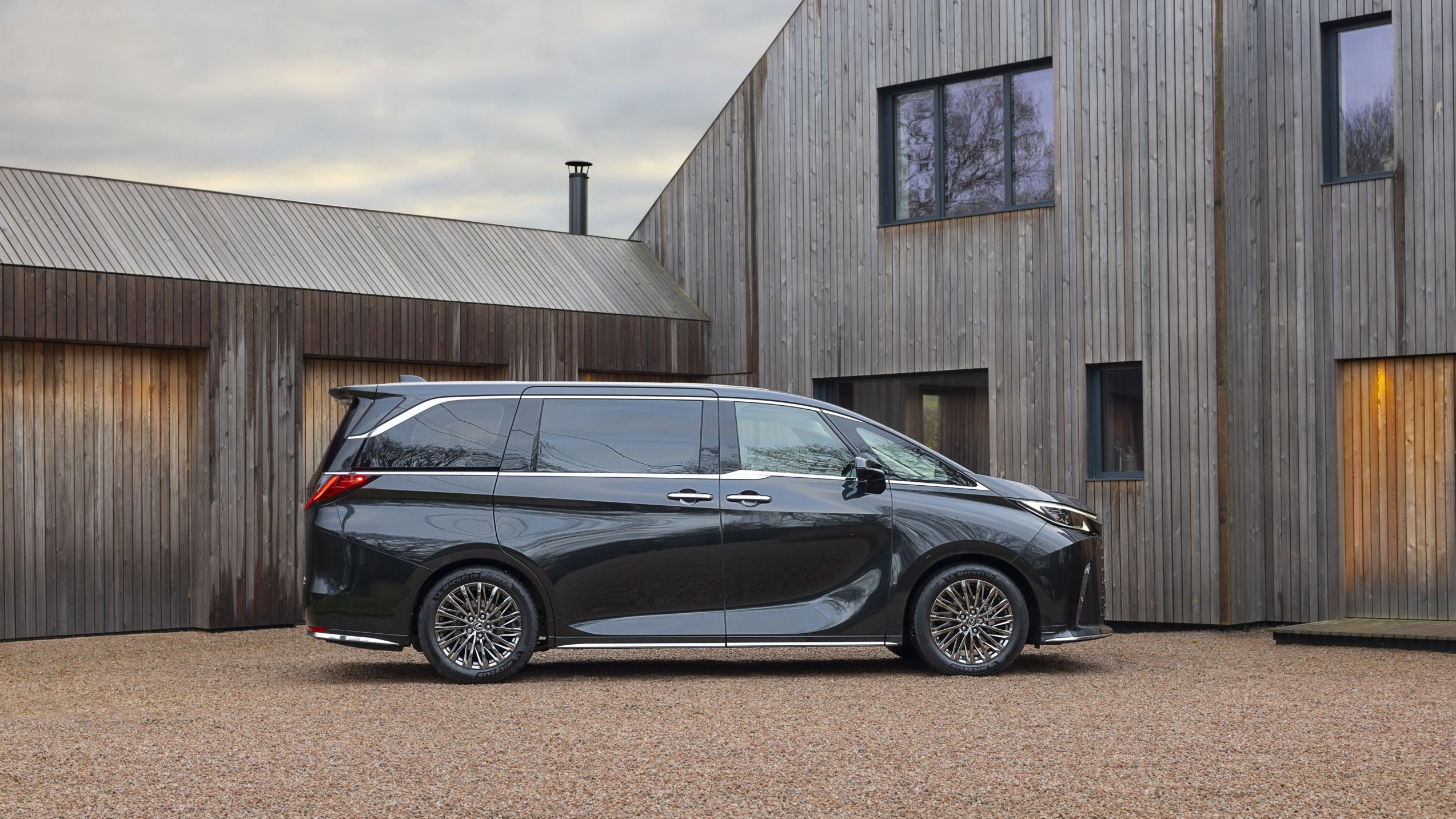 Lexus LM wants you to have the back-seat ride of your life
Lexus LM wants you to have the back-seat ride of your lifeThe back of the Lexus LM has the space, grace and accoutrements to rival a Rolls-Royce. Can this upscale minivan reinvent the luxury car?
-
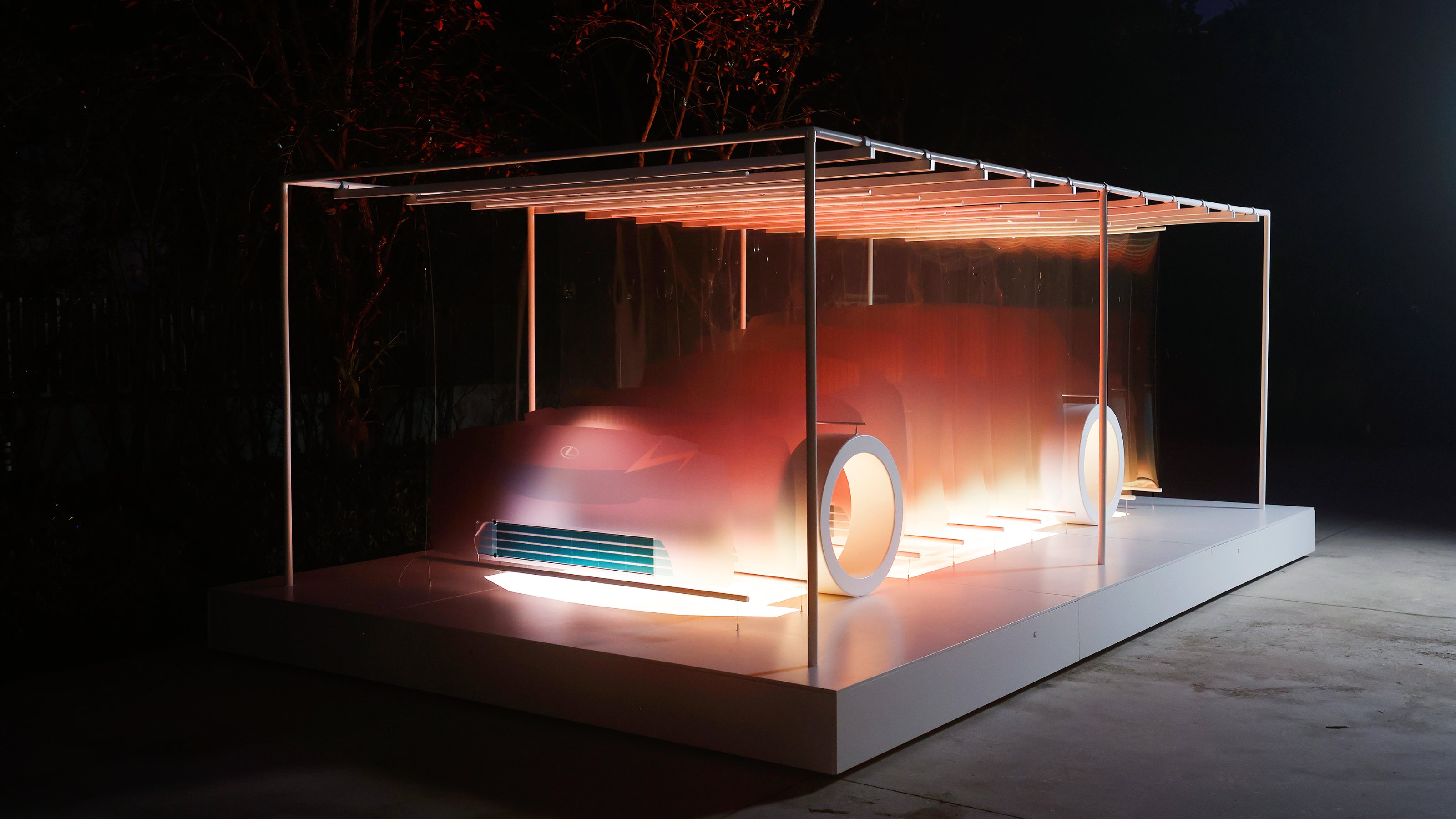 Marjan van Aubel’s ‘8 Minutes and 20 Seconds’ installation with Lexus is our Best Solar Roller
Marjan van Aubel’s ‘8 Minutes and 20 Seconds’ installation with Lexus is our Best Solar RollerThe Dutch solar designer Marjan van Aubel mounted an interactive installation in Miami to introduce Lexus’ new zero-emission LF-ZC concept car